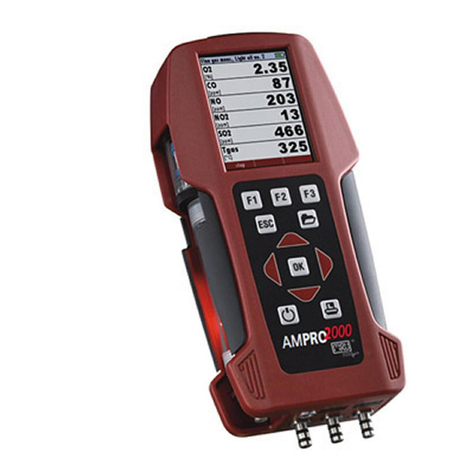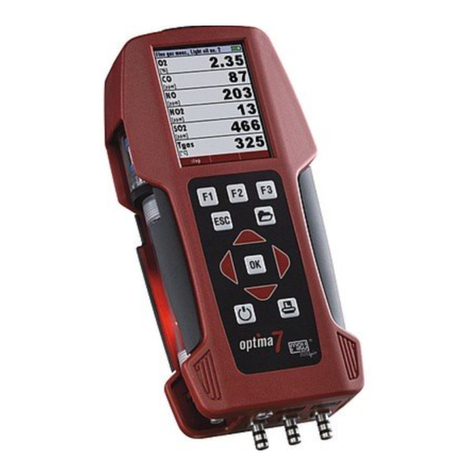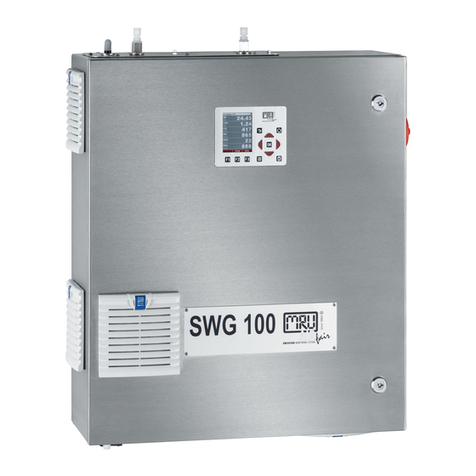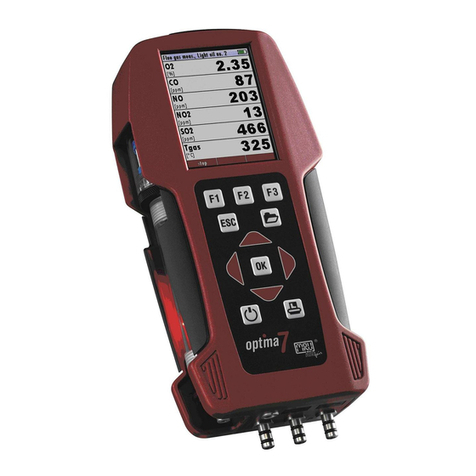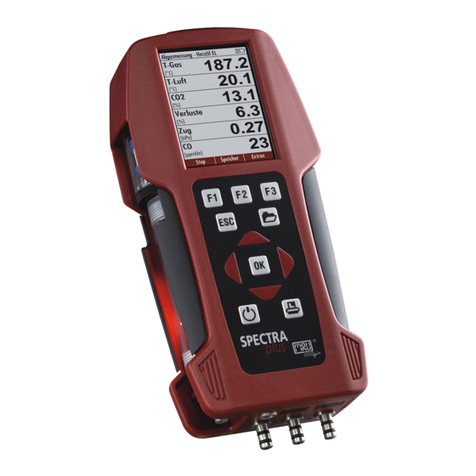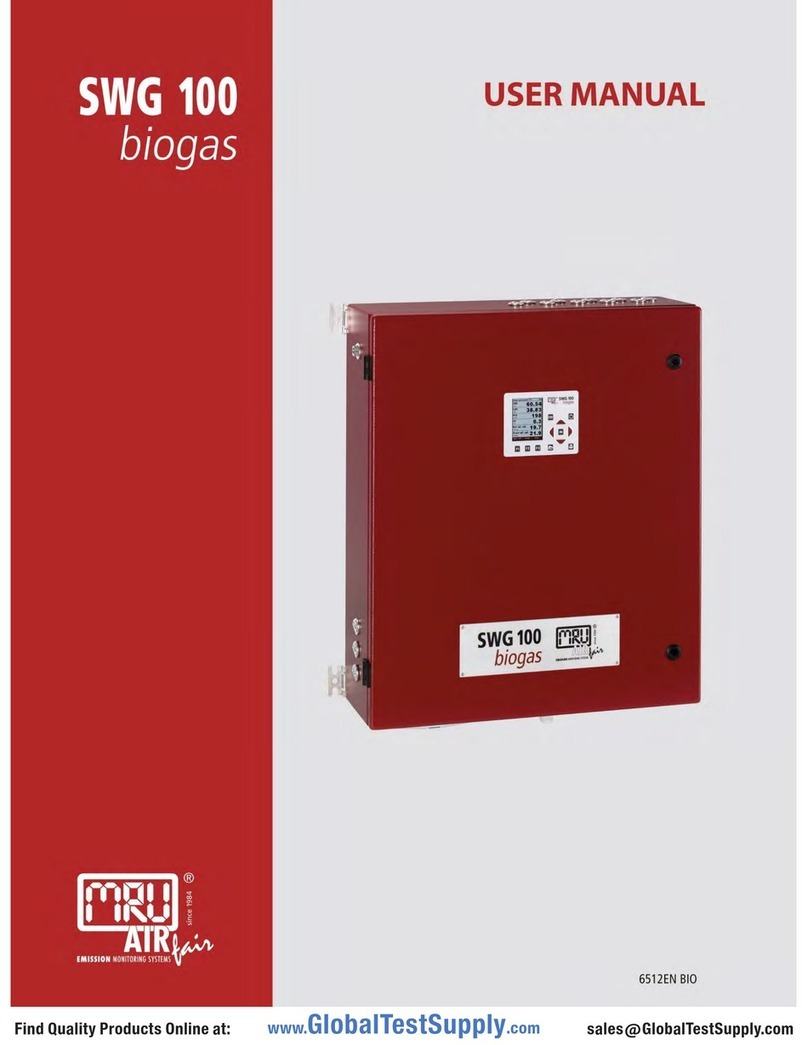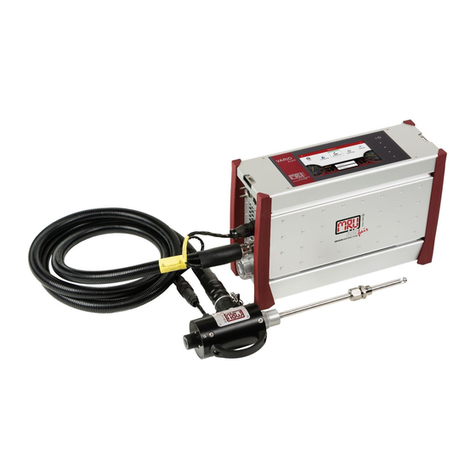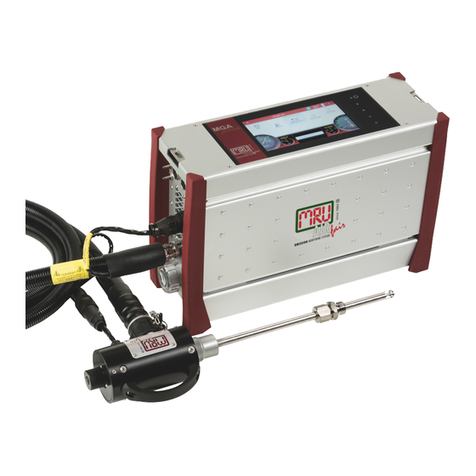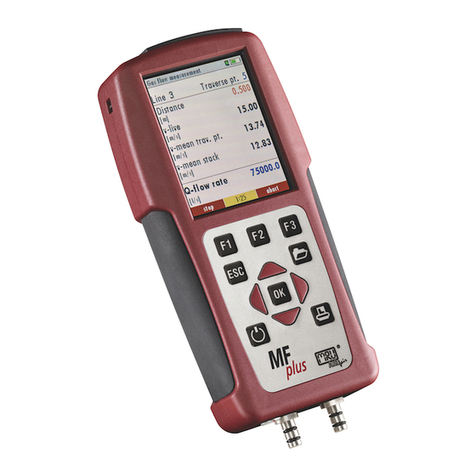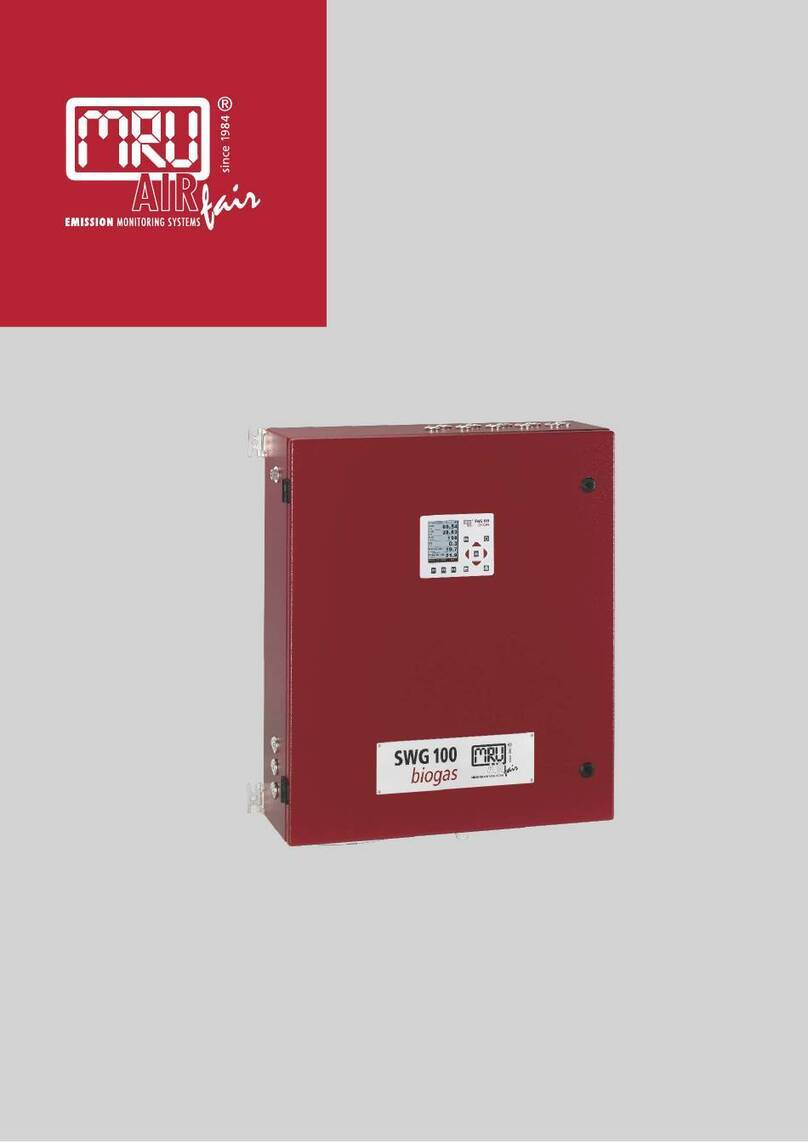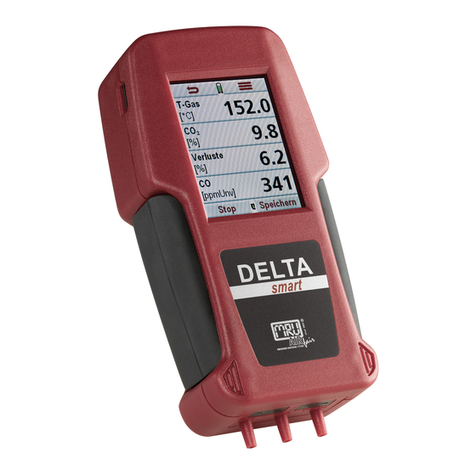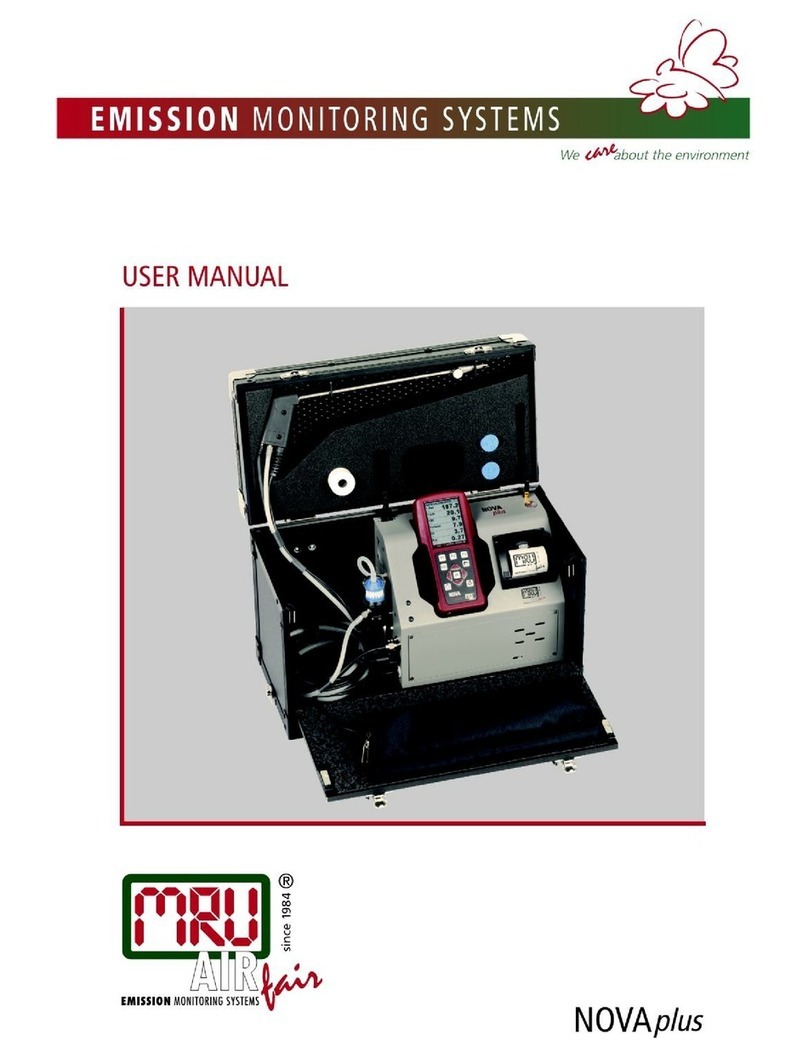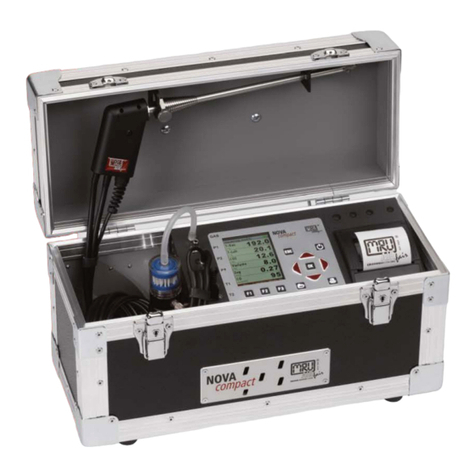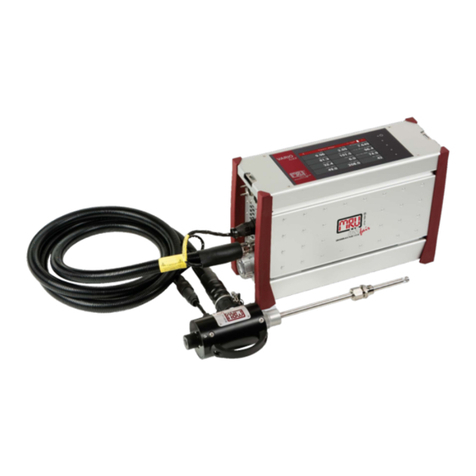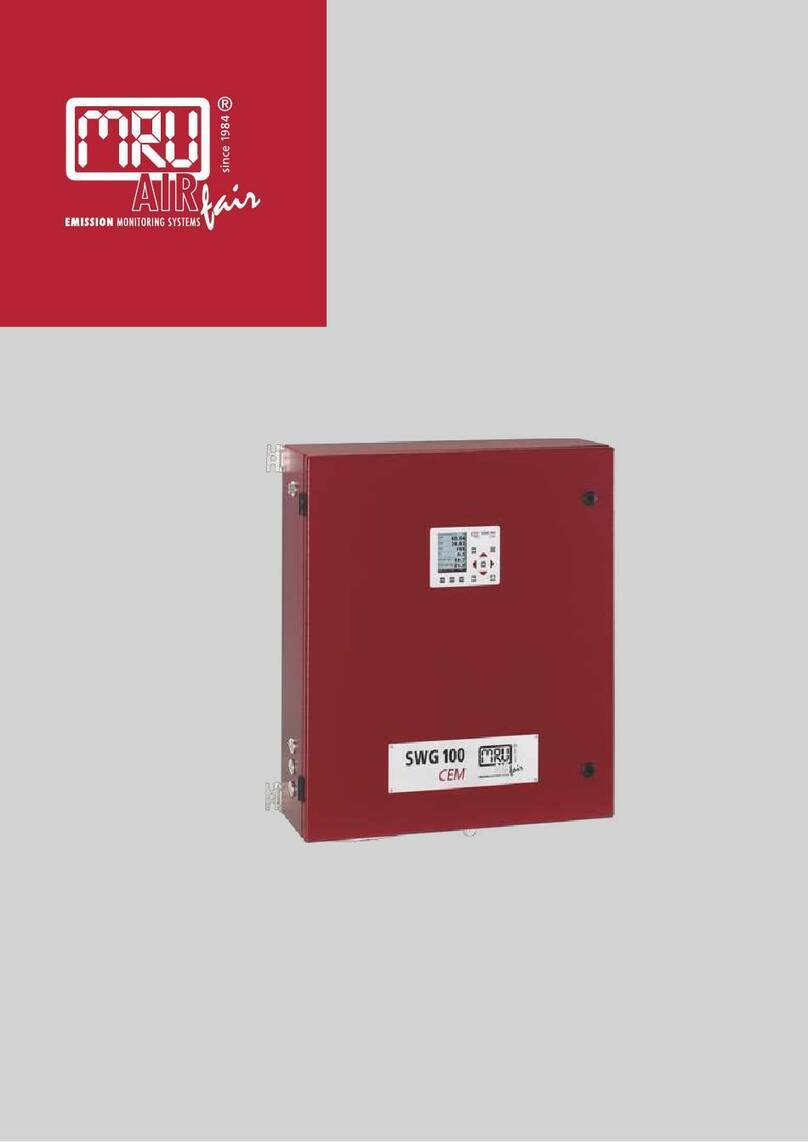Content
1. General Information.......................................................................................................... 6
1.1. Weather and environmental conditions...................................................................... 6
1.2. Installation instructions............................................................................................... 6
1.3. General important instructions for the plant operator................................................. 6
1.4. Important information about the user’s operation manual.......................................... 7
1.5. Safety Information...................................................................................................... 7
1.1. Packing ...................................................................................................................... 9
1.2. Return of hazardous waste........................................................................................ 9
1.3. Return of analyzer...................................................................................................... 9
1.4. MRU guarantee conditions......................................................................................... 9
2. Analyzer Description...................................................................................................... 11
2.1. Intended use ............................................................................................................ 11
2.2. Type plate ................................................................................................................ 11
2.3. Possible applications and analyzer options ............................................................. 12
2.1. Principle of operation ............................................................................................... 13
2.2. CO sensor protection (option).................................................................................. 14
2.3. Cabinet ventilation ................................................................................................... 14
2.4. Physical characteristic of the gas analyzer .............................................................. 15
3. Scope of supply and delivery ........................................................................................ 17
4. SD-card content.............................................................................................................. 18
5. Installation manual ......................................................................................................... 19
5.1. Overview.................................................................................................................. 19
5.2. Mounting of the sample measurement point on the stack/chimney ......................... 20
5.3. Installation of the analyzer ....................................................................................... 22
5.4. Installation of the gas inlet/gas outlet and condensate connector (basic)................ 23
5.5. Installation of the sampling line and probe............................................................... 24
5.6. Installation of the gas connections OPTION LOW DUST PROBE WITH UNHEATED
SAMPLE GAS LINE.............................................................................................................. 25
5.7. Installation of the gas connections OPTION LOW DUST PROBE WITH UNHEATED
SAMPLE GAS LINE.............................................................................................................. 28
5.8. Installation of the gas connections OPTION LOW DUST PROBE WITH UNHEATED
SAMPLE GAS LINE.............................................................................................................. 33
5.9. Installation of the gas connections OPTIONS HIGH DUST PROBE WITH HEATED
SAMPLE LINE....................................................................................................................... 39
5.10. Connection of main power supply............................................................................ 44
5.11. I/O modules: Installation and setting........................................................................ 45
6. Operation of the analyzer (HMI)..................................................................................... 47
6.1. Display and keypad.................................................................................................. 47
7. Analyzer commissioning manual.................................................................................. 48
7.1. Check country and language ................................................................................... 48
7.2. Check date and time of the instrument .................................................................... 48
7.3. Configuration of the alarm relays............................................................................. 49
7.4. Configuration of the Modbus.................................................................................... 51
8Binding to a process control system: I/O modules ..................................................... 53
8.1. Position of the IO module inside the analyzer.......................................................... 53


